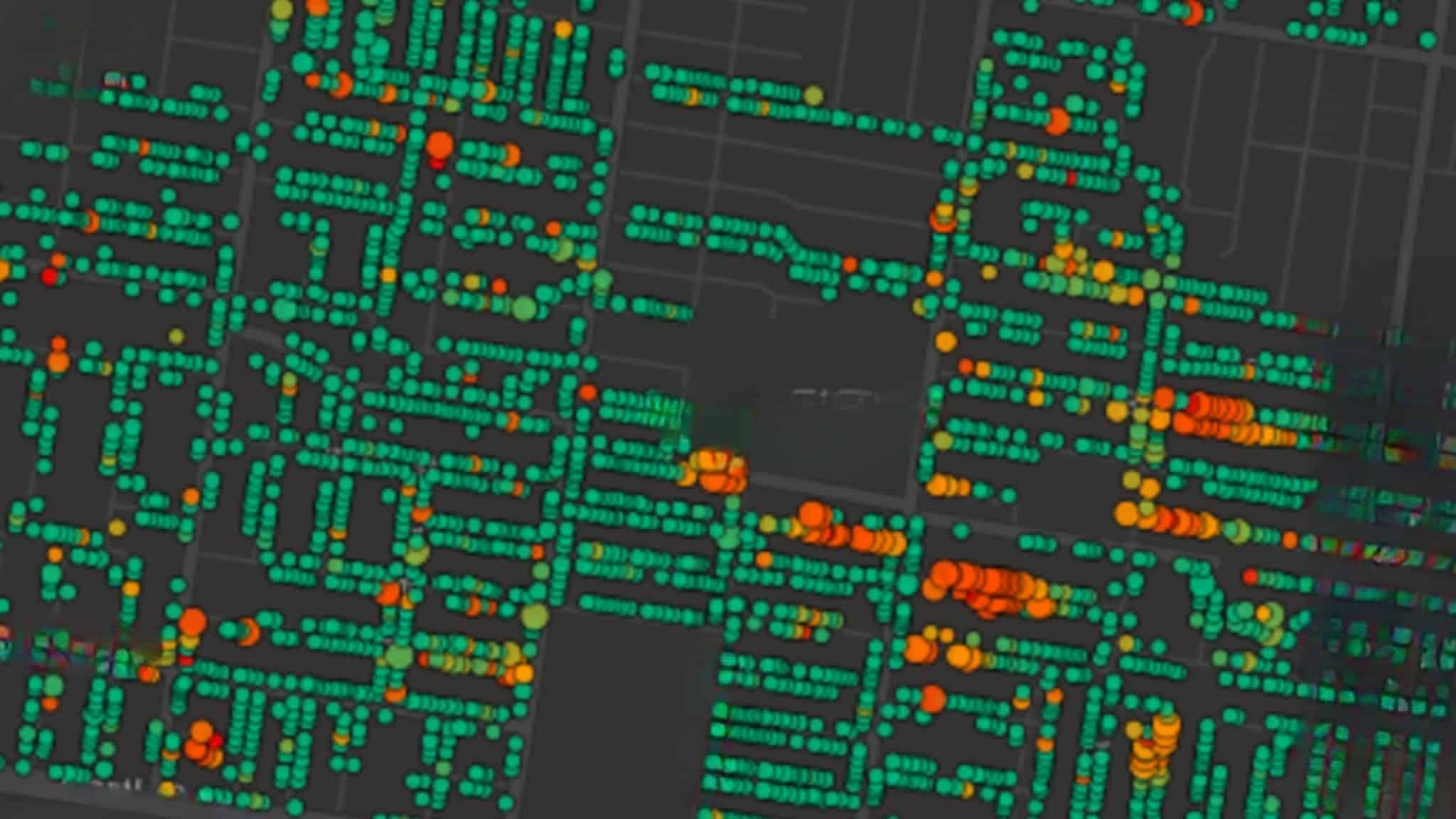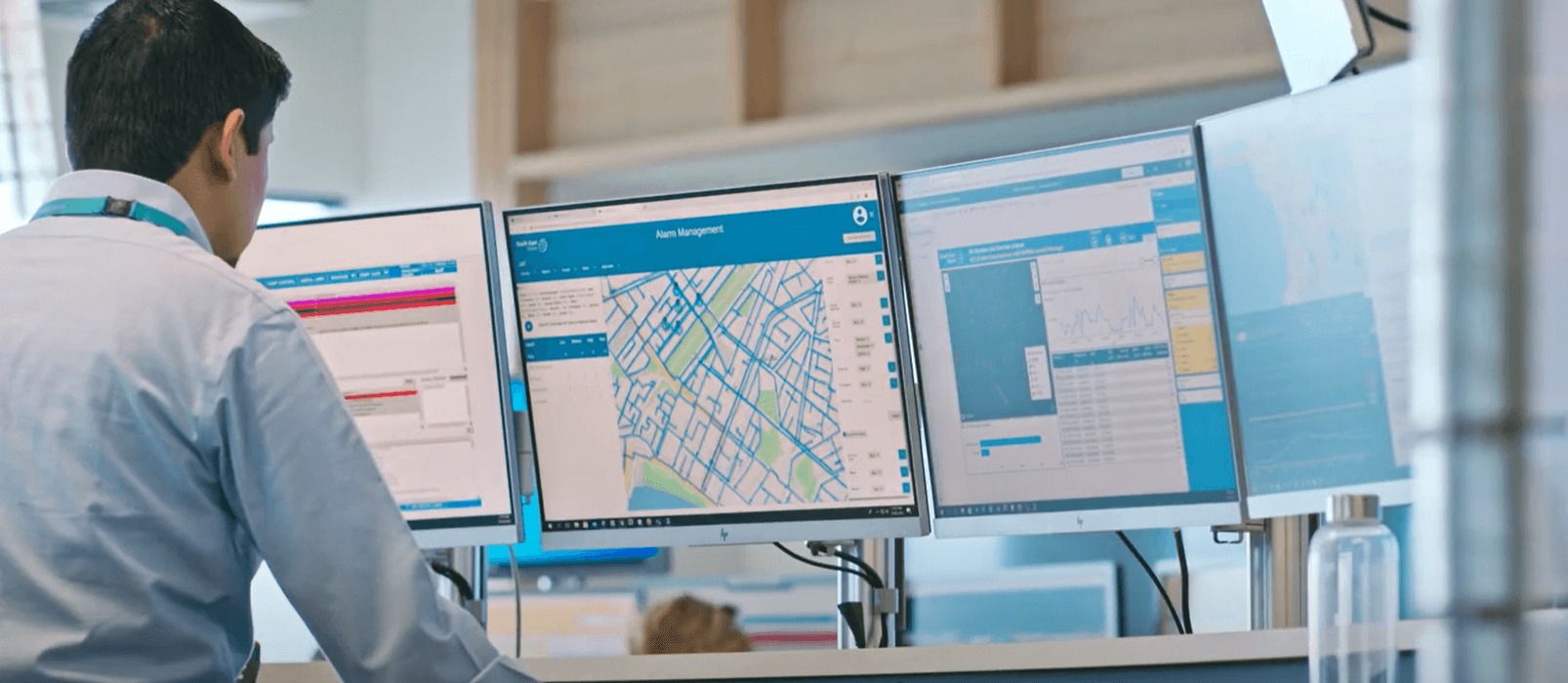Water utilities ensure that all customers, residential and commercial, have access to clean drinking water. Many utilities in Australia are looking to the future through digital transformation and the Internet of Things (IoT).
One of the challenges for water utilities is preparing for the future. After the Millennium Drought, South East Water took its first steps towards becoming a digital utility, working towards transforming its people, processes, and technology. It now has an advanced digital network, delivering increased visibility to its customers regarding their water use so they can quickly identify potential leaks on their property. The organisation is also using network sensors, enabling a proactive approach to network leak detection that is increasing visibility across its network and reducing water loss.
Justin Peters is the Business and Key Account Manager at South East Water. His insight into South East Water’s digital transformation program shows how the utility is changing for the better.
“Our digital transformation is helping customers become more aware of their water usage,” Peters said. “Having digitally enabled devices means that our customers can see their detailed water usage data and receive fast alerts when there is a potential leak. This significantly helps customers better understand their water usage and facilitates quick identification of leaks. It’s also allowed us, as a utility, to better understand the demands on our network.”
Business customer complexity
Peters pointed out that residential customers tend to have a consistent diurnal water consumption pattern, with a big peak in the morning and a second peak in the afternoon/evening. This makes it easier for water utilities to determine if something is unusual with a residential customer’s water usage. Business customers, however, cannot be compared in the same way.
“Even when we look at the businesses within the same industry, we can’t be sure of the consistency of their water usage patterns,” Peters said. “One manufacturer might operate 24 hours a day, 7 days a week. Another manufacturer may only use water during weekdays. A third may have cleaning cycles that run through the night. To add to this complexity, the nature of water usage across their site can also vary significantly (in-product, cleaning, heating/cooling, amenities, etc). They might all work in the same industry, but their different operations mean that water usage is unique from business to business.”
Although business customers represent only 8 per cent of South East Water’s customer base, they account for about 25 per cent of all water use.
For many small businesses, simple automated alarms are very beneficial at alerting customers to potential leaks. However, for more complex businesses, there can be a need for more customised leak alerts to be set based on unique water usage patterns at each specific business site. South East Water are working hard to ensure that the digital experience they provide to their customers is factoring in the broad range of basic to complex use cases.
Empowering businesses to make decisions that help them use water wisely is an important step towards achieving a meaningful reduction in unnecessary water loss. South East Water believes it’s important to engage with and support business customers.
Technology key to sustainability
“Population projections from the Victorian Government suggest that the state’s population is expected to reach 10.3 million people by 2051,” said Peters. “That’s nearly doubling the population in less than 30 years. That means we expect water usage to almost double during that period. So, it’s essential that we consider water security for our future and start sustainable practices with water now.”
With extreme weather events impacting communities, increasing the efficient use of water and reducing unnecessary water loss will be essential. Data loggers and digital water meters will remain vital tools that will support this in the future.
One of South East Water’s goals for the near future is to have more businesses digitally enabled, either with a digital meter or a data logger.
“Most of our business customers with a digital meter receive leak alerts within 24 hours of a leak,” Peters said. “This allows them to take immediate action, rather than waiting for their next bill to address the issue.”
Another benefit of this digital transformation for businesses is identifying larger leaks, which could indicate that private plumbing infrastructure is in need of urgent repair/replacement. Digital data can be very helpful in monitoring assets and being part of a business customer’s site water management plan or maintenance plan.
“This is how a digital transformation program can help explain certain things that commercial customers were previously unaware of or could not visualise,” said Peters. “It can influence their maintenance programs. In some cases, they may have had a leak for years they didn’t know about.”
To help customers better interpret this data, South East Water is implementing a customisable dashboard where business customers can view their water use, monitor consumption trends and identify usage anomalies such as leaks.
“The dashboard is the first step in giving businesses visibility of where water is being used and is especially valuable for large or complex businesses with many assets and multiple sites”, Peters said.
Partnering for success
South East Water’s partnerships with water utilities and commercial customers are set to add to the 1.2 gigalitres already saved through digital metering of the residential network. Even more water savings will soon follow with future developments of water monitoring platforms and IoT devices.
The rollout of a water monitoring platform and digital meters to customers is set to provide South East Water with learnings about how real-time insights can help commercial customers prevent water loss.
“Almost every business has its own targets to keep operating costs down, and many also have sustainability goals and initiatives embedded within their corporate strategies and long-term plans,” said Peters.
“From our perspective, working with businesses to help them better understand their water use not only helps them meet these goals, it also contributes to long-term water security.”
By focusing on sustainability, business customers can be proud knowing that they are optimising their usage of water through active monitoring and insight-driven site water management. They are not only saving water on-site, but they are also helping us as a community secure water for our future.
No-one likes an unexpected large water bill. Water monitoring platforms with leak alert functionality can help promptly notify customers of high usage and provide an opportunity for the customer to fix the leak on their property before it results in a large bill.
“The old saying that prevention is better than the cure certainly applies to water utilities. Rolling out these digital technologies is one way we can work with our business customers to help them become more aware of how to use water more efficiently and sustainably. By providing visualisation of water use over time, in addition to timely alerts and notifications, we can also prevent water loss and help them optimise their business operations through actionable insights.”


